Interior Design is a science as much as it is an art. The SEVEN elements of design are the ‘GO TO’ when thinking about a new room or a space and form the BACKBONE of the design.
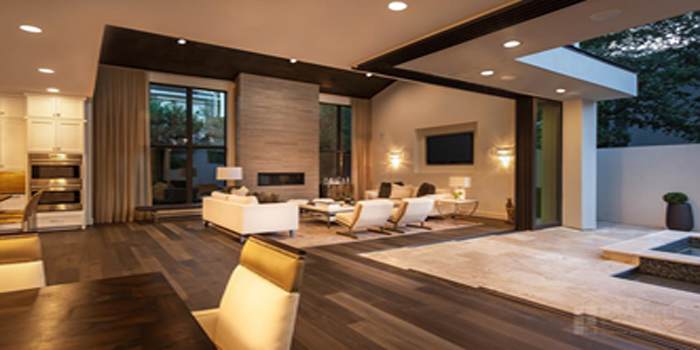
SPACE
Space is at the heart of virtually every design decision. There are two basic types of space to consider: 2-D space which accounts for the length and width of a room and 3-D space which covers height. Alsoit is split into two categories: positive and negative space. Positive space contains furniture and other objects while negative space is empty. The challenge is to strike a balance between the two, as well as the functionality of the area.
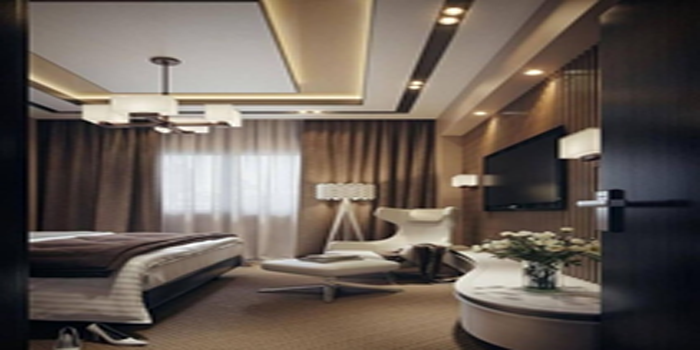
LIGHT
Natural or Artificial light is a crucial aspect of any space. Light can set the mood and atmosphere of any room as well as define colours, textures and lines. Light can be divided into several categories such as TASK LIGHTING – as the name suggests, it is providing adequate light for tasks to be carried out. ACCENT LIGHTING – focuses light on an object or an area to highlight it. Backlighting and uplighting are examples of accent lighting. MOOD LIGHTING – sets the mood or atmosphere of a space. When thinking about light, it is important to consider what activities will be conducted in the room. For e.g., a study or workspace will need plenty of light so people can easily see what they are doing, while a living room may need a softer lighting scheme. For versatility, use dimmers. Lighting fixtures can add dramatic and stylish touches to rooms.
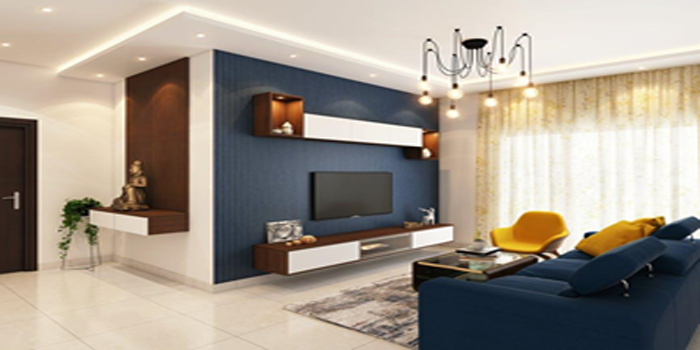
COLOUR
Colour is one of the most defining aspects of a room setting its mood and atmosphere. Colour stir emotions, evoke memories and inspire feelings. For example, green suggests peace and tranquillity, as does blue, which also has a calming effect. Purple indicates luxury and mystery while brown can be homey and inviting.
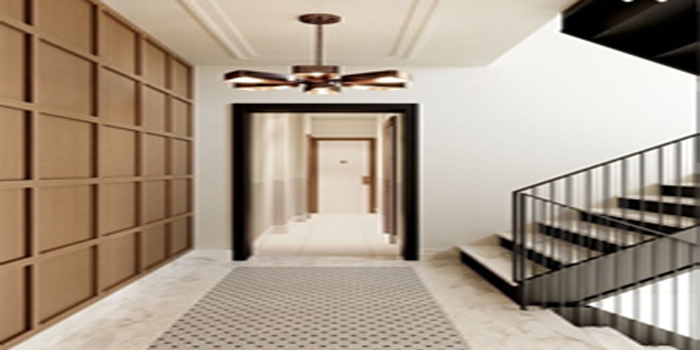
LINES
The three main types of lines are VERTICAL – up and down, subconsciously lift your eyes upward and are created by features such as doorways and windows.They can give the illusion of a space being taller.HORIZONTAL– side to side, lend a tranquil atmosphere to a room and create a sense of stability and formality. They are created by tables and other surfaces and can make a room appear longer and wider or DYNAMIC – lines that express motion like zig-zag or curlicues, grabs attention and suggest energy and movement.
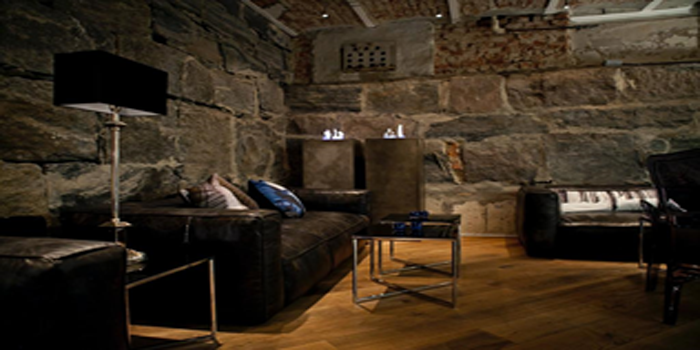
TEXTURE
Texture refers to the look and feel of an object or finish and is often overlooked. Textures such as glossy, smooth and coarse can add depth and interest to a space. There is actual texture, which refers to the feel of fabrics, such as smooth silky and crisp linens. Then there is visual texture such as stone wallpaper that gives the illusion of stone and adds a rustic look to a room.
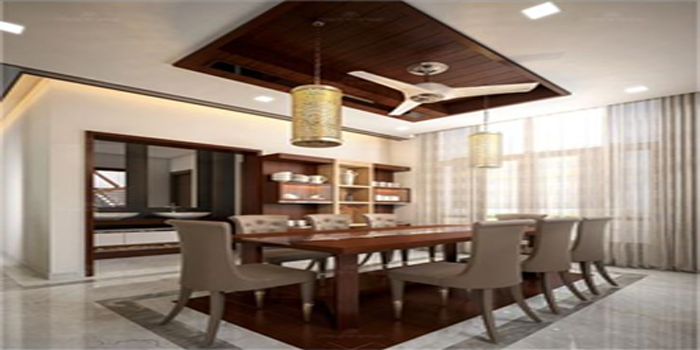
FORM
Form refers to the shape of a room as well as the objects within. Forms can either be GEOMETRIC– hard lines, square edges and manmade in appearance or NATURAL forms which can either be open, which means they are objects that can be looked into or closed, which is self-contained and enclosed by a surface.
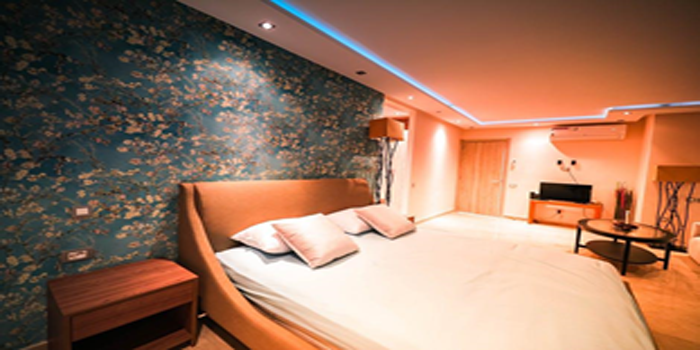
PATTERN
Patterns work with colours and add interest to a room. They are collection of lines and forms that can be used anywhere, such as cushions, ceilings, picture frames, staircase, curtains and pillows. Patterns help bring a space to life.
